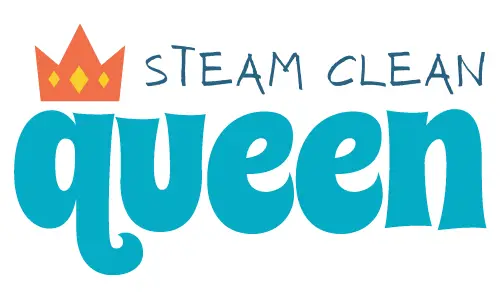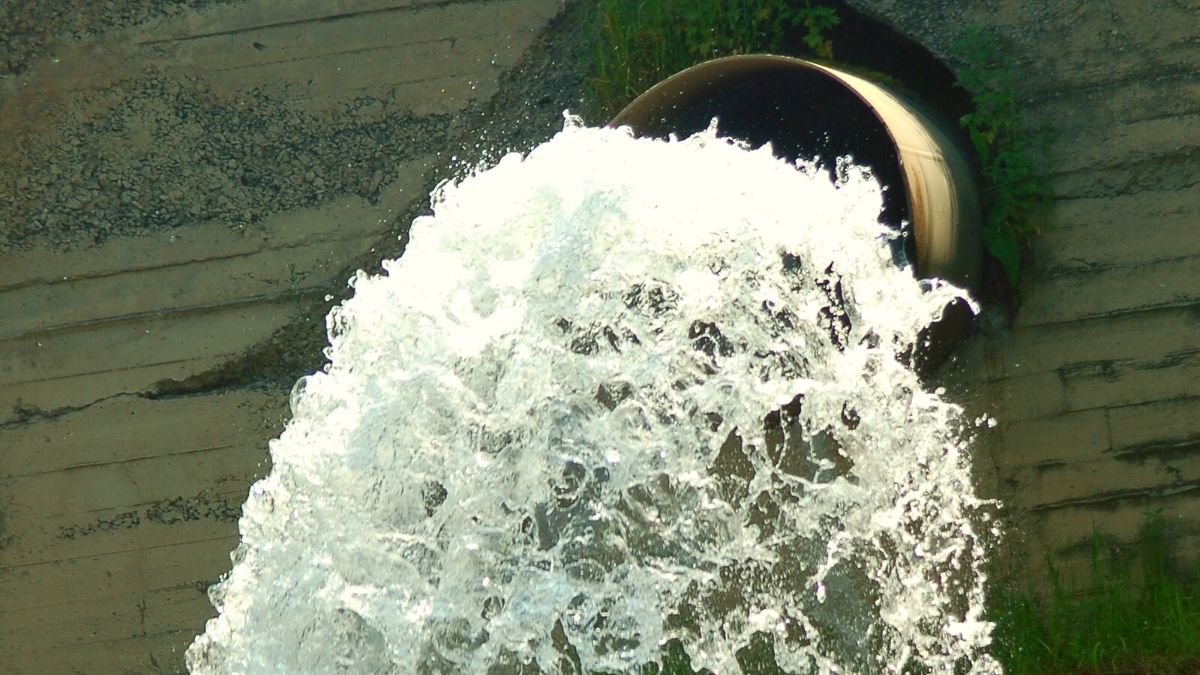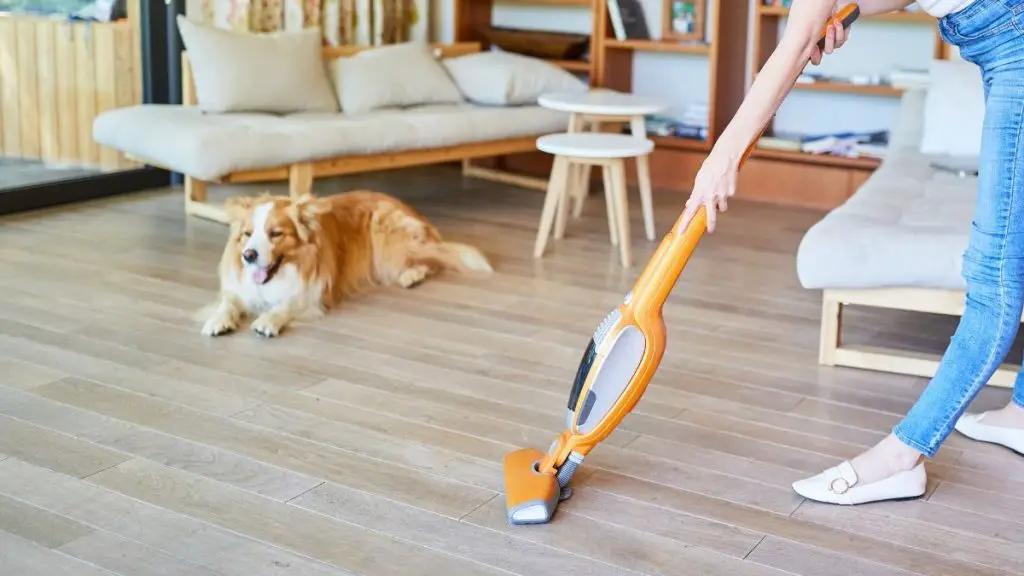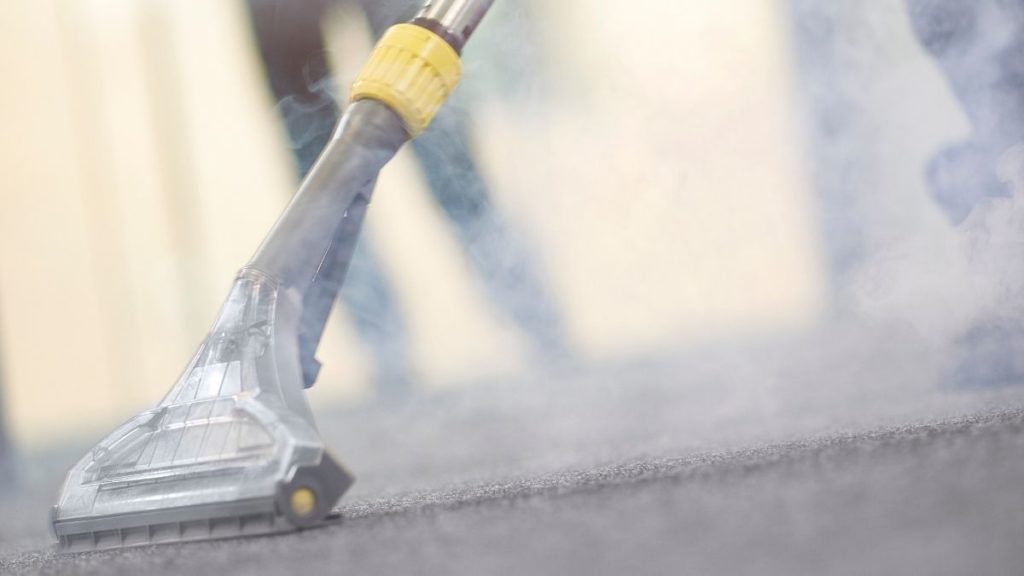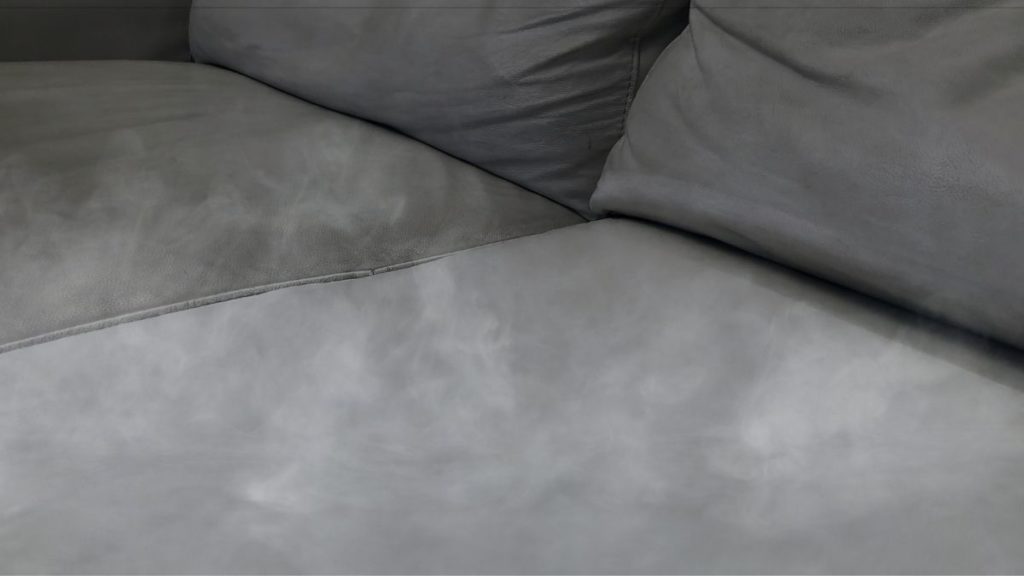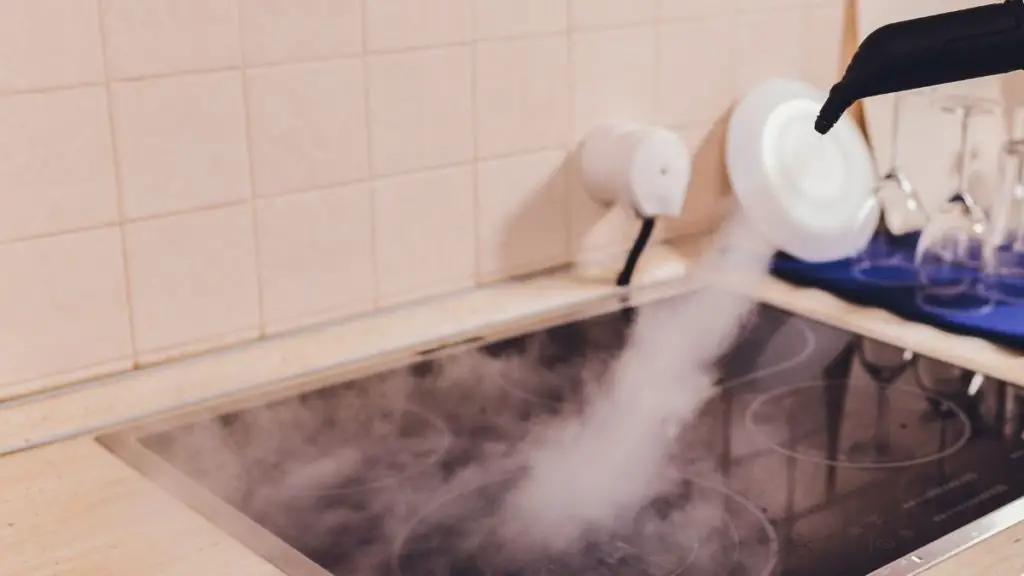How to Clean Carpet After Sewage Backup (8 Steps + How Steam Cleaning Helps!)
*As an Amazon Associate we earn from qualifying purchases. The price to you remains the same.
We’ve all experienced that one day when we had to deal with an unexpected case of a sewer malfunction that caused a serious toilet backflow. The stench, filth, and damage to some of your valuable items are always heartbreaking.
Which begs the question, what can you do when sewer backup overflows into your favorite carpet?
Your first line of defense, of course, should be to get the right protective gear to cover your body and clothes from accidental splashes. Afterward, you must use a disinfectant to clean your floor and the carpet before re-installing it.
Let us see how this goes down!
What to Do When Sewage Backflow Goes to Your Carpet
Table of Contents
Before you start cleaning your precious carpet, arm yourself with precaution. These tips ensure that your carpet’s reclaiming process goes as smoothly as possible.
So, what are they?
- Get on it ASAP! You should immediately start cleaning the moment you notice the sewer backup flowing into your carpet. If 24+ hours pass without any action, then you’d best discard the rug ‘coz the damage would be too great to rectify.
- Check the level of damage. Assess the nature of backflow to know whether it’s just a minor spill or something bigger. If it’s the former, then you have hopes of regaining your carpet. If you’re dealing with a “Noah’s flood” kind of situation, then you’ve got to dispose of the carpet.
- Protect yourself. Wear and use protective gear before you move or handle sewer-touched items in any way. Doing this will help you avoid any germ or pathogen crossing over into your body.
- Create ventilation. When search an ordeal happens, some microbes find their way into the air above. Ventilating the affected rooms help to disperse these disease-causing pathogens out of your house.
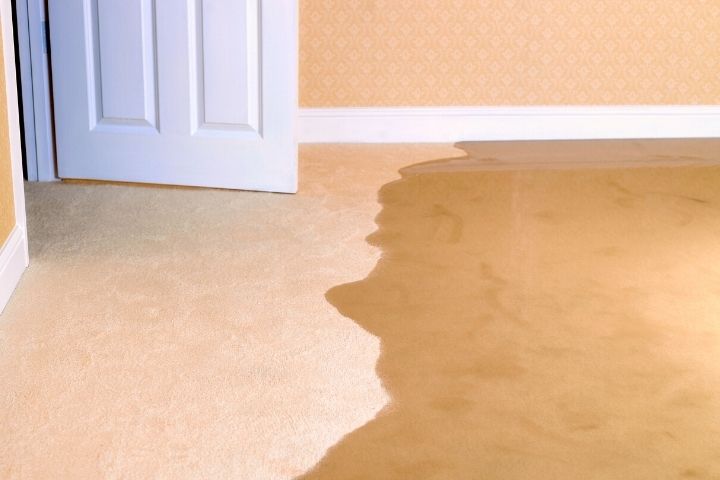
What You’ll Need
Unlike most home clean-ups, cleaning your carpet after a sewage backflow has one of the most demanding requirements.
These are:
- A pair of gloves
- A pair of goggles
- And overall or cleaning apron
- A bucket
- Lots of water
- Disinfectant (commercial or homemade)
- Plastic bags
- Steam cleaner
- A fan
⚠️ If you don’t have a working fan, you may need to buy or rent (cheaper option) one to help you with room ventilation. Your work becomes less disheartening when at least you don’t choke from the pungent smell of sewage water, doesn’t it?
How to Clean Sewer Water from Carpet
To rid your carpet of all that sewage filth:
- Wear protective clothing. Since you’re dealing with a pretty dangerous substance here, it’s best to first protect your body and clothing from the sewage water.
- Prepare a dumping bucket. Line one of your mopping buckets with a plastic bag to use as a temporary waste collector.
- Suck the liquid waste from the carpet. You may use a wet vacuum or old towels to do this. Ensure that you lift the carpet so that you get both sides of the rug. Dump all the sewage muck into the bucket you earlier prepared.
- Take out the pad below the carpet. Once a carpet padding gets contaminated by this kind of a mess, it’s virtually impossible to 100% disinfect it without risking future rot or bacteria infestation. Also, look for a suitable, flat surface where you can transfer the carpet and clean it from.
- Apply generous amounts of disinfectant onto the carpet. You should really spare no drop if you want to score a win here. Ensure that you get both sides of the affected area and scrub thoroughly to clear away all the messy gunk from the carpet.
- Rinse the carpet. Use generous amounts of water to remove the dirty residue from the carpet. Repeat scrubbing and rinsing until all the stains and smells disappear.
- Steam clean if there’s still an odor. If the awful smell persists after the above steps, steam cleaning the carpet will definitely give you the results you seek. Plus, it will kill off up to 99,99% of germs!
- Dry the carpet. Hang your carpet on a platform to air-dry before taking it back inside.

Note that this process is only meant for those instances where the overflow has not fully soaked the carpet. If the backflow was so immense that it flooded the whole room(s), then the safest thing to do is to dispose of the carpet.
However, if you have a deep attachment to the carpet because maybe it was a gift or is a very expensive collection, then you should seek the help of professionals to sort it out.
In that case, you would have to carefully remove the entire carpet from the floor, put it inside a large-enough plastic bag, and then deliver it to a professional carpet cleaner of your choice. There is a fat chance that they’re better equipped to handle such a high level of cleaning.
⚠️ DON’T gamble when it comes to a sewer backflow! Sewage water is considered Cat 3 (the worst one) for a reason. It contains a lot of extremely dangerous bacteria, viruses, parasites, fungi, and a ton of other hazardous elements. These can cause great health complications such as sudden skin irritation, stomach problems, sight impairment (when it gets into contact with your eyes), etc.
Frequently Asked Questions
How do I prevent my carpet from reinfection from sewage water
To prevent your carpet from getting reinfected with sewage water, ensure that you thoroughly scrub the floor before putting the carpet back on.
This is a good way of getting rid of the bacteria and pathogens that might still be lurking on the hard, floor surface.
You can also use a homemade disinfecting solution of 10 parts water and 1 part bleach to sterilize the affected floor or buy a commercial one instead.
How do you get sewer smell out of the carpet?
Steam cleaning is the best solution for removing bad smells from the carpet.
It’s an all-round cleaning method that not only washes but also gives your carpet a lovely face-lift.
